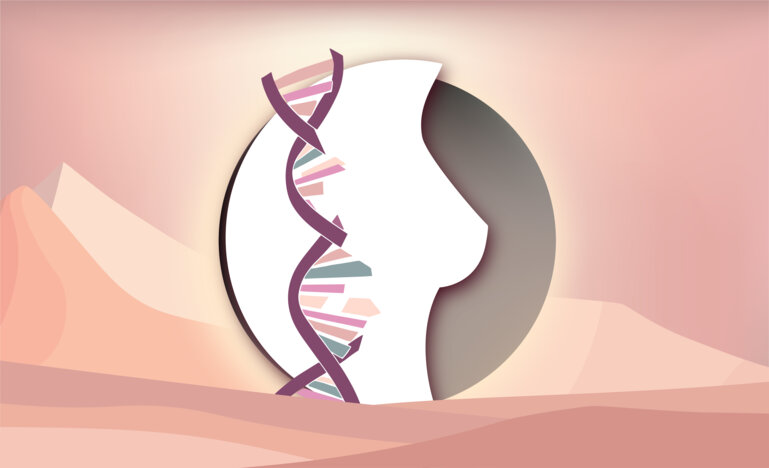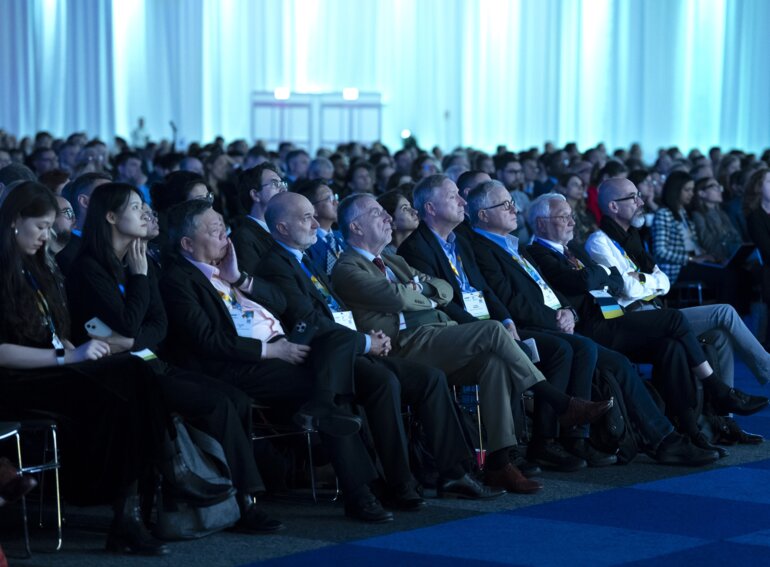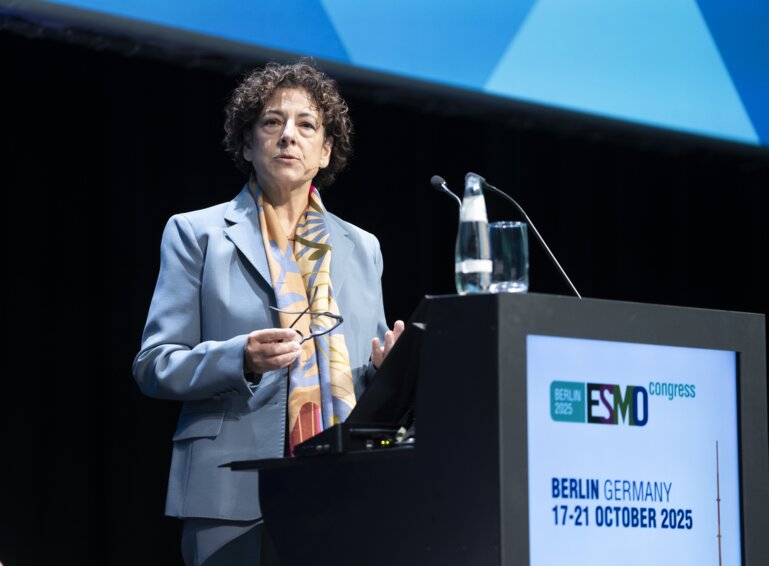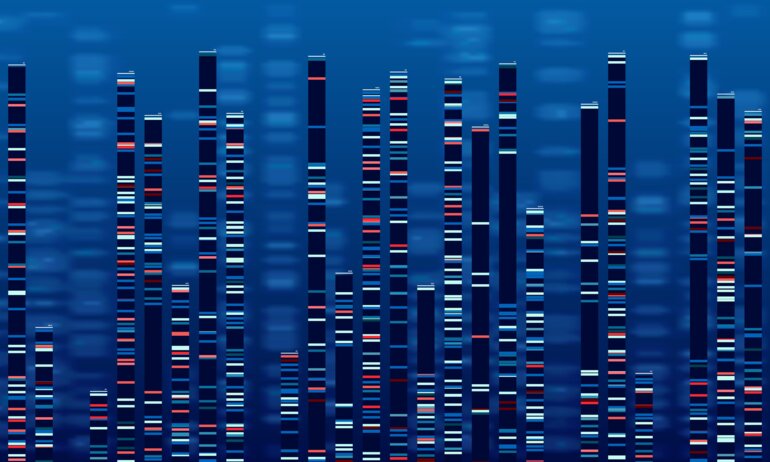Presidential presentations in early breast cancer provide first evidence of ADCs rapidly moving into the curative setting across multiple cancer types
Over the last few years, novel antibody–drug conjugates (ADCs) have reshaped the treatment of multiple types of cancers in the metastatic setting. Thanks to an improved delivery of chemotherapy, they were able to demonstrate improved survival and quality of life compared with conventional chemotherapy in a multiplicity of settings. This experience set the stage for pursuing a more ambitious goal: unleashing ADCs in the neoadjuvant and adjuvant settings, in the attempt to prevent cancer recurrences and save lives from deadly metastatic spread of cancer.
The KATHERINE phase III trial provided proof of principle for this strategy: adjuvant trastuzumab emtansine (T-DM1) in patients with residual disease after standard neoadjuvant therapy proved to reduce recurrence rates and improve survival for HER2-positive early breast cancer versus the continuation of the anti-HER2 monoclonal antibodies (N Engl J Med. 2019;380:617–628). Yet, novel ADCs delivering topoisomerase I inhibitors are expected to further ‘raise the bar’ due to innovations in their design and mechanism of action. Trastuzumab deruxtecan (T-DXd), in particular, has been shown to widely outperform T-DM1 for metastatic breast cancer in the DESTINY-Breast03 trial (Lancet. 2023;401:105–117), and its superior potency demonstrated in other tumour types led to an unprecedented histology-agnostic approval for any cancer overexpressing HER2 by the U.S. Food and Drug Administration in 2024. T-DXd and other similar highly potent ADCs thus promise to be valuable strategies for the curative treatment of cancer.
This hypothesis appears to be confirmed by positive phase III findings presented today at the ESMO Congress 2025 (Berlin, 17–21 October) Presidential Symposium. DESTINY-Breast05 compared T-DXd with T-DM1 for the adjuvant treatment of high-risk HER2-positive breast cancer with residual disease (LBA1), whereas DESTINY-Breast11 tested T-DXd as neoadjuvant treatment - single agent or in sequence with taxanes, trastuzumab and pertuzumab (THP) - compared to anthracyclines followed by THP (Abstract 291O). In the adjuvant setting, 14 cycles of T-DXd achieved a significant reduction in the risk of disease recurrence compared with T-DM1, whereas in the neoadjuvant setting, 4 cycles of T-DXd, sequenced with THP, led to a significant increase in the rate of pathological complete response at surgery and an early improved EFS trend, with relevant reduction in cardiac toxicities compared with anthracyclines. In conjunction, these two studies establish T-DXd as a critical treatment option for early-stage HER2-positive breast cancer, ultimately providing a new tool for treatment tailoring for what was once considered the most aggressive subtype of breast cancer, and which today represents the one with the highest chance of cure.
Of note, during the same session, transformative data were also presented from the KEYNOTE-905 trial with the peri-operative use of a chemo-free regimen, the novel ADC enfortumab vedotin plus pembrolizumab, which reduced recurrence rates and improved survival in cisplatin-ineligible early-stage bladder cancer (LBA2). Moreover, in the coming days, additional studies testing novel ADCs across different tumour types will be presented, highlighting a notable shift from late-line treatment to first-line settings, where the impact on treatment outcomes may be more relevant.
Importantly, moving ADCs into earlier settings presents new challenges. Toxicity profiles must be carefully defined and remain acceptable for patients who may already be cured with standard therapies. This requires substantial effort to prevent permanent or fatal toxicities. An example is represented by interstitial lung disease with T-DXd, which is potentially life-threatening and requires proactive monitoring to mitigate its detrimental impact, particularly in the curative setting. Dosing, duration and sequencing of ADCs must also be optimised to achieve maximal efficacy with the least side-effects. Overall, while toxicity management is extremely important for the use of ADCs in metastatic cancer, it becomes even more critical when treating patients who may have alternative options of care for their local disease.
Equally critical is the identification of predictive biomarkers that may allow better tailoring of ADC therapy and minimise overtreatment. Traditionally, immunohistochemistry has proven less effective than expected in selecting patients for treatment with most ADCs, but a new wave of quantitative assays is under development and promises to improve patient selection. These include proteomic, transcriptomic assays, liquid biopsy and computational pathology, among others.
Data presented at the ESMO Congress are of fundamental importance and likely to reshape practice in the short term, leading to the use of ADCs to prevent cancer recurrence. But, besides the immediate practical impact, these data are expected to have a broader impact on the future of ADC research, marking the formal entrance of the new-generation class of drugs in the curative arena. This is a therapeutic strategy with tremendous potential, which we are only just starting to unleash, promising to reduce rates of recurrence and improve survival across multiple cancers in the years to come.
Programme details:
Geyer CE, et al. Trastuzumab deruxtecan (T-DXd) vs trastuzumab emtansine (T-DM1) in patients (pts) with high-risk human epidermal growth factor receptor 2–positive (HER2+) primary breast cancer (BC) with residual invasive disease after neoadjuvant therapy (tx): Interim analysis of DESTINY-Breast05. ESMO Congress 2025 - LBA1
Harbeck N, et al. DESTINY-Breast11: Neoadjuvant trastuzumab deruxtecan alone (T-DXd) or followed by paclitaxel + trastuzumab + pertuzumab (T-DXd-THP) vs SOC for high-risk HER2+ early breast cancer (eBC). ESMO Congress 2025 - Abstract 291O
Vulsteke C, et al. Perioperative (periop) enfortumab vedotin (EV) plus pembrolizumab (pembro) in participants (pts) with muscle-invasive bladder cancer (MIBC) who are cisplatin-ineligible: The phase 3 KEYNOTE-905 study. ESMO Congress 2025 - LBA2






